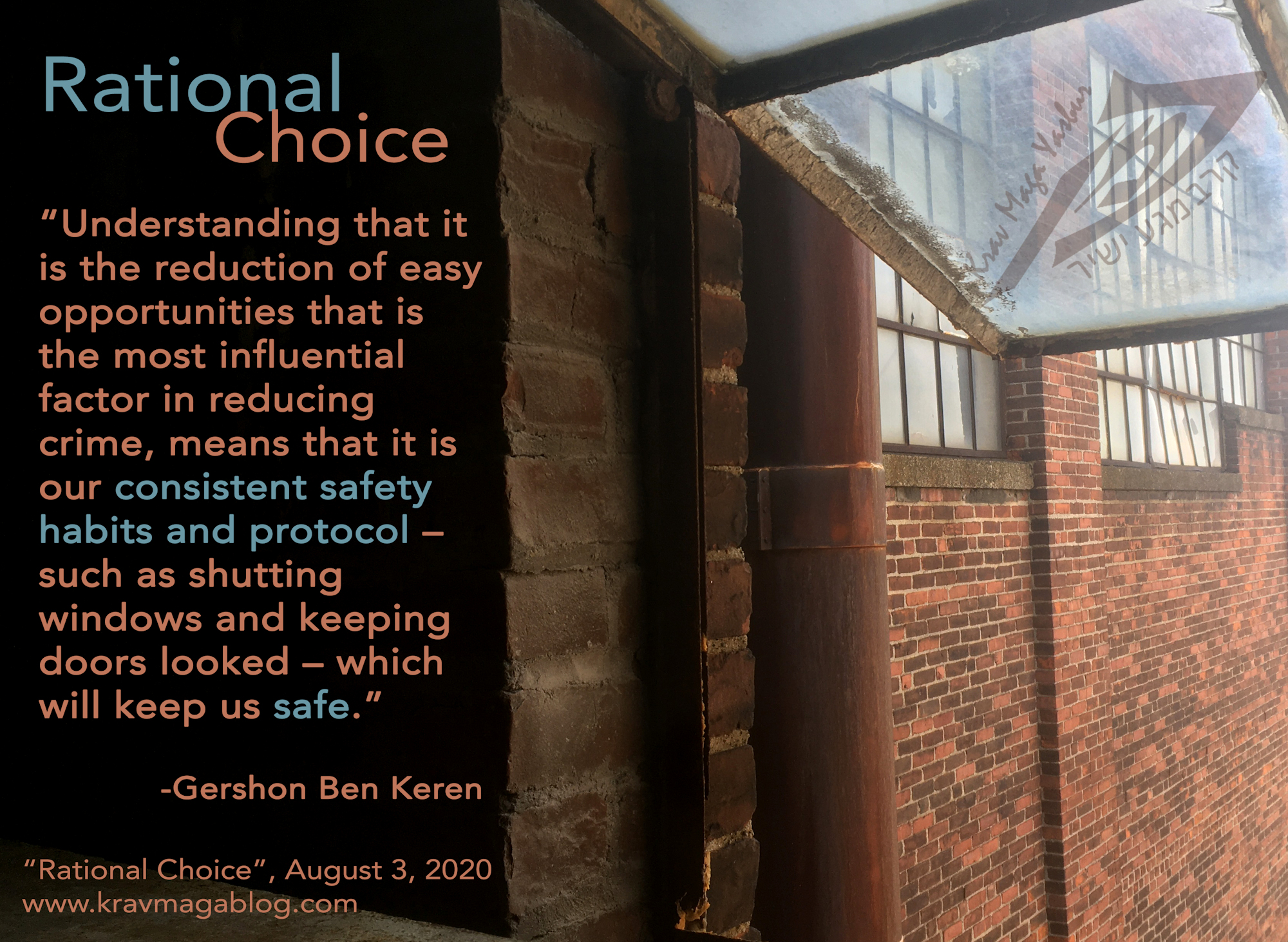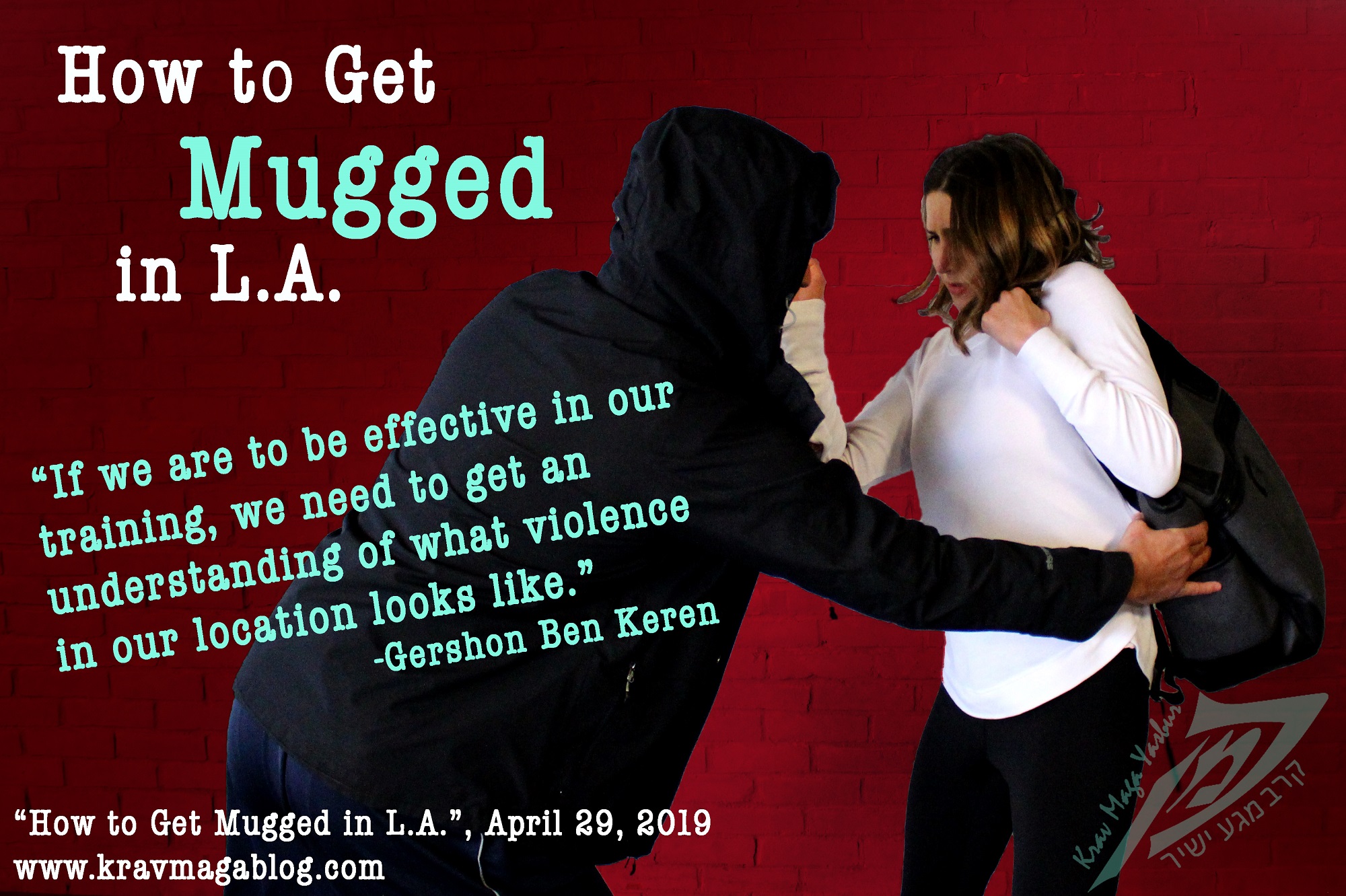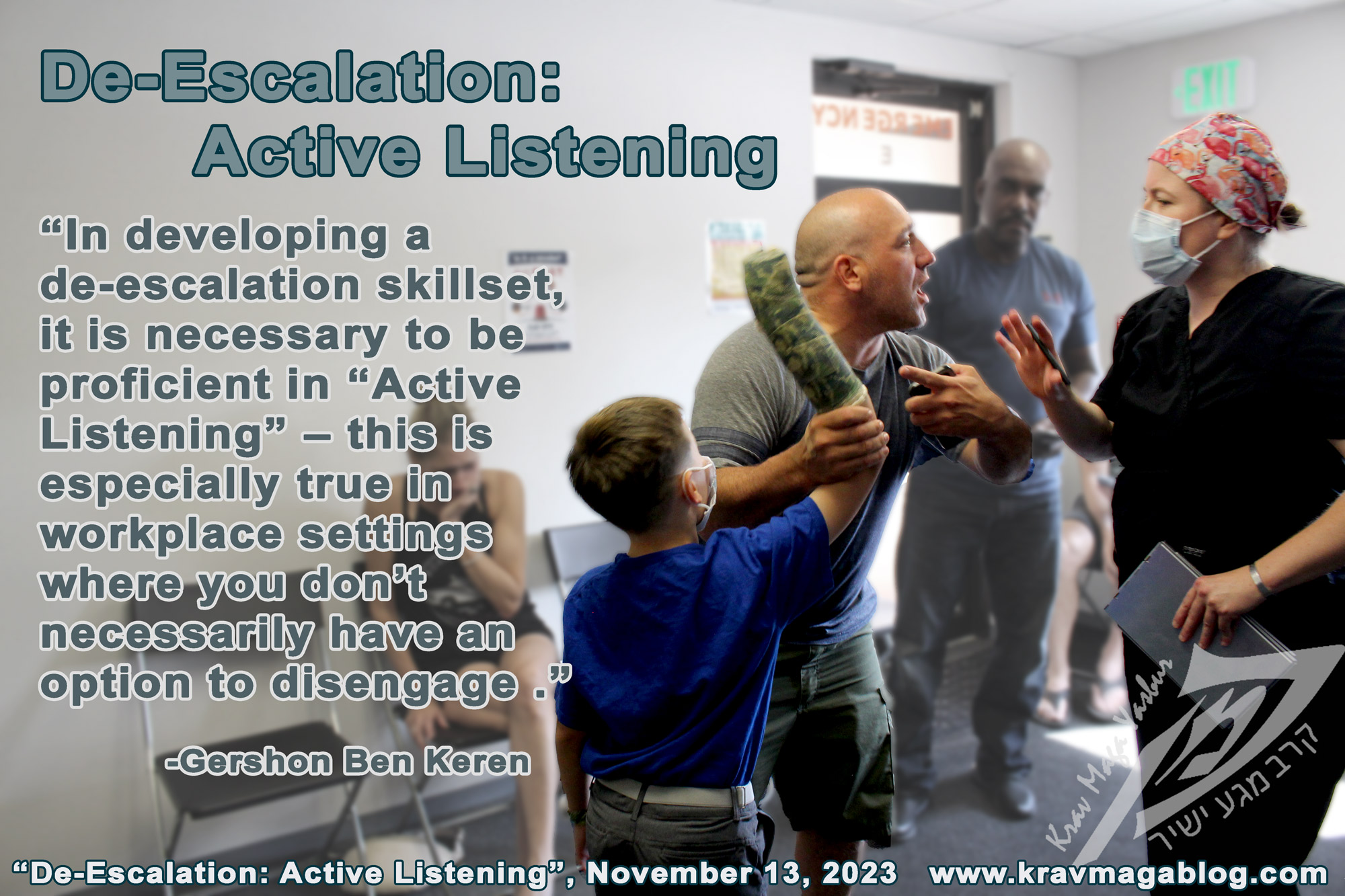Cyberbullying Adults And Children, is an article written by Gershon Ben Keren, a 5th Degree Black Belt in Krav Maga, who teaches Krav Maga in Boston, MA. He has also authored three Amazon best-Selling Books on Krav Maga.
A few months ago I was interviewed by the Boston Globe about the rise of cyberbullying with children and teenagers. As is often the case with such interviews 90% of what is said and communicated is cut – this is not the fault of the journalist, just the way that news is reported on. In this blog article, I want to look at cyberbullying, and the ways in which children and teenagers, become caught up in it, often not really understanding the role they play in it.
One of the big differences between cyberbullying and regular bullying, is the way that there doesn’t have to be repeated incidents in order for a certain set of actions and behaviors to be regarded as bullying. In our normal definitions of bullying, we look at a “campaign” of events, whereas in cases of cyberbullying we may look at just one because of the longevity and reach that social interactions over the internet have e.g. a derogatory posting to a social media site will last forever, as opposed to a piece of gossip passed between two individuals, also verbal gossip has a limited reach whilst a posting of the same words could reach thousands. Because of this it is often the case that those individuals involved in cyberbullying underestimate both their reach and their effect on their victims.
Because of the way that technology has evolved so rapidly, and been adopted so quickly by younger generations, many of the conventional types and definitions of what bullying is and isn’t don’t really apply anymore e.g. a child in Baltimore can be ridiculed by a child they have never met before and will never meet who lives in Bangkok, Frankfurt or Dublin etc. Because of the global nature of social media, something – such as an offhand comment and a piece of gossip - that may once have been restricted to a small number of people, can now be made accessible to the rest of the world. A bully, can now potentially amass thousands of supporters to their cause/posting, and unlike verbal gossiping where the shelf-life is restricted to the conscious interaction of participants, an online posting will sit there forever, and may be shared and thus multiplied across the internet, so that a permanent record of the bullying exists in multiple places. One action in and of itself can effectively become a campaign of repeated incidents.
In conventional bullying terms, much online bullying is akin to something referred to as “mobbing”. This term was coined in Europe to describe incidents of bullying, where a ringleader (the bully) incites supporters, cohorts, sycophants and copycats to target a specific individual. The group may also include individuals, who don’t even know why they are targeting the particular individual, and are merely attracted to being part of the mob or crowd (something many of us have probably witnessed, by the irrelevant comments that certain posters make on particular social media threads).
Those bullies who incite and engage in mobbing, may not be extroverted types, who lead from the front and make themselves visible, but instead introverts who will gather supporters to engage in adversarial actions and behaviors against the individual they have targeted. They are often selective in who they chose to act on their behalf, selecting “minor” bullies, who they empower – it is often the case that these individuals hope to be elevated in the eyes of the bully, and gain their respect. In this sense the bully gives the lesser bullies the power and authority that they lack in their own lives, and so desperately crave. In doing this the bully, makes these individuals further dependent on them, as they lack the competence on their own to engage and promote the bullying campaign. The great irony of this is that these individuals don’t realize that they are merely puppets being manipulated in roles that have been defined for them by the bully. It is more than probable, given the nature of the ringleaders who instigate mobbing, that they derive an equal satisfaction from the manipulation of the mob, as from the actual bullying of the individual. Both acts help them to deal with their insecurities, by having a group acknowledge them in a leadership role and act on their behalf.
It is often difficult to determine who the ringleader is, especially when they utilize social media, for their activities. An innocuous post by the ringleader, can soon be turned into something else by one of the lesser bullies/followers commenting on it, in a way that they believe will both target an individual and gain respect and authority for them, from the ringleader. This is how the bully gets other to do their work for them, and remove themselves from any direct connection with the bullying – of course those lesser bullies only gained their motivation and direction from the bully, however this is not obvious to anyone reading the thread. This makes it very difficult for bullying incidents of this nature to be attributed and pinned on the originator, in the same way it can be difficult to source the originator of a rumor or piece of gossip that has become widespread.
It is because of these reasons that school authorities have a hard time dealing with this type of cyber-bullying; with a largely unidentifiable instigator and ringleader, it is hard to address who is actually responsible for starting such campaigns. In fact in the case of cyber-bullying the ringleader may not make any posts or comments which are overly aggressive towards their target, and rely solely on others to do this for them, possibly liking a post or simply sharing it; in this way they look much more of a lesser player than the ringleader they are.




